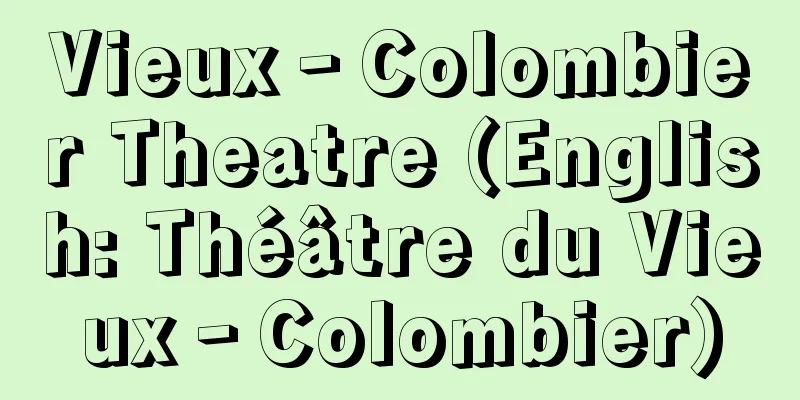Maurice de Vlaminck

|
French painter. Born to a poor family in Paris, his father was a Flemish violinist and his mother a French piano player. He grew up in his grandmother's house in Le Végenet, near Paris. He received musical training and made a living by teaching music and playing in an orchestra for several years. He also earned a considerable income as a cyclist from 1893 to 1896. During this time he worked as a saddler in Le Végenet and received instruction in drawing from an academic painter. He served in the military from 1897 to 1900, and after his discharge, he joined an anarchist group in Paris. In 1900 he met André Derain, and the two of them set up a shared studio in Château on the Seine near Paris, where they worked hard on their creations. They eventually became part of the Fauve group as the Château School. The following year, in 2001, he was impressed by a Van Gogh exhibition at the Galerie Bernheim-Jeune, and thereafter, influenced by the Post-Impressionists, he gradually began to paint expressionist paintings with intense colors and heavy brushstrokes. However, it was not until the Van Gogh retrospective at the Salon des Indépendants in 2005 that he fully assimilated Van Gogh's style and established his own truly individual style. In the same year, he exhibited at the Salon d'Automne, which heralded the birth of Fauvism, and became a member of the Fauves. However, his intense colors lost their luster after he encountered the works of Cézanne in 1907, and he turned to compositional paintings, and in 2010, he briefly ventured into Cubism. Soon after, he established a style that was more suited to his own temperament. He painted dramatic and intense landscapes and still lifes using dark, oppressive colors based on black, indigo, and white, and this style never changed throughout his life. [Tatsuji Omori] [Reference] |Source: Shogakukan Encyclopedia Nipponica About Encyclopedia Nipponica Information | Legend |
|
フランスの画家。フラマン人のバイオリン奏者を父に、フランス人のピアノ奏者を母として、パリの貧しい家庭に生まれる。パリ近郊ル・ベジネの祖母の家で成長。音楽の訓練を受け、数年間音楽を教えたり、オーケストラで演奏したりして生活費を稼ぐ。また、1893年から96年まで競輪の選手としてかなりの収入を得た。その間、ル・ベジネの馬具作りや、あるアカデミックな画家からデッサンの手ほどきを受ける。97年から1900年まで兵役に服したが、そのときの経験から、除隊後はパリのアナキストのグループに加わったりもした。1900年アンドレ・ドランと出会い、2人はパリ近郊のセーヌ河畔のシャトゥーに共同のアトリエを設けて制作に励み、やがてシャトゥー派としてフォーブのグループの一翼を担うことになる。翌01年、ベルネーム‐ジュヌ画廊でのゴッホ展に感銘を受け、以後、後期印象派の影響のもと、しだいに強烈な色彩と激しい筆使いによる表現主義的な絵画を描くようになる。とはいえ、彼がゴッホの作風を十分に消化し、真の個性的スタイルを確立するのは、05年のアンデパンダン展でのゴッホ回顧展以後のことである。同じ05年、フォービスム誕生を告げるサロン・ドートンヌに出品、フォーブの一員となる。しかしその強烈な色彩は、07年のセザンヌの作品との出会いを機に輝きを失い、構成的な方向に向かい、さらに10年には、短期間ながらキュビスムにも足を踏み入れた。その後まもなく自らの気質により適合したスタイルを確立。黒、藍(あい)、白を基調にした暗く重苦しい色彩によって劇的で激しい風景や静物を描き、その作風は生涯かわることがなかった。 [大森達次] [参照項目] |出典 小学館 日本大百科全書(ニッポニカ)日本大百科全書(ニッポニカ)について 情報 | 凡例 |
Recommend
Spider plant - Orizururan
A perennial plant of the lily family (APG classif...
Okada (Aichi)
...Population: 78,202 (1995). In the mid-Edo peri...
Andrássy - Andrássy (English spelling)
(1) Gyula the Great (1823-1890) Hungarian politic...
Kurodani Shonin's words and phrases - Kurodani Shonin's words and phrases
A Buddhist book from the Kamakura period. 18 volum...
Oginga Odinga (English spelling) OgingaOdinga
...The administration is run by a president who i...
Central government department
…He inherited and developed the family business e...
Fashion - fashion (English spelling)
A general term for the process in which a shared ...
"Kimyohongan" - "Kimyohongan"
…It was written during the Genkō era (1321-24). I...
Yoshito Harada
Born: April 5, 1885 in Tokyo [Died] December 23, 1...
tricorne
…Following the rise of the Netherlands in the 17t...
Price display - Price display
In modern times, at least in developed market econ...
Bridge abutment - hashidai
〘noun〙① A platform-like structure at either end of...
Kauri pine - Kauri pine
Please see the "Copal Tree" page. Sourc...
cerebral hemorrhage
Also called cerebral hemorrhage. Hemorrhage occurs...
Cardiac stimulant - Cardiac stimulant
This refers to drugs that increase cardiac contra...









